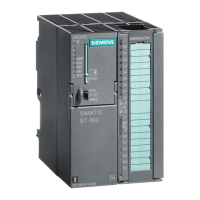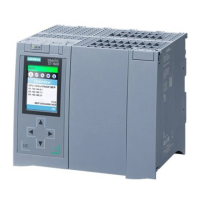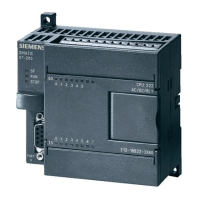SEND/RECEIVE interface in the user program
4.4 Additional information
Configuring and commissioning S7 CPs for Industrial Ethernet
Configuration Manual, 09/2013, C79000-G8976-C182-13
89
● Only use the following program block types for data transfer:
– AG_SEND (FC 5), AG_LSEND (FC 50) oder AG_SSEND (FC 53)
– AG_RECV (FC 6), AG_LRECV (FC 60) oder AG_SRECV (FC 63)
● Frame length
On TCP connections, there is no information in the protocol about the end of a message
or the start of a new message. This means that the receiving station needs to know how
many bytes belong to a message. The station transfers an ANY pointer with exactly this
length when AG_RECV / AG_LRECV is called.
Note: This does not apply to the AG_SRECV program block; AG-SRECV is always called
with the maximum length.
Example of an ANY pointer for receiving 100 bytes of data:
– P#DB100.DBX 0.0 Byte 100.
To receive data with a variable length, follow the steps below:
1. Include information in the frame before the actual user data indicating the length of the
user data.
2. First evaluate only the length information on the receiving station.
3. Fetch the corresponding amount of user data in a further receive job. To do this specify
an ANY pointer with a suitable length for fetching the actual user data.
Recommendations for use with a high communications load
Reason
To avoid an overload situation on the CPU you are using, note the following information
about the Ethernet CPs.
Check your application for the following recommendations, in particular if you replace a CP
with a new CP and encounter overload problems.
● Very often, the program blocks for sending (AG_SEND / AG_LSEND / AG_SSEND) and
receiving (AG_RECV / AG_LRECV) are called cyclically in OB1. This leads to constant
communication between the CPU and CP. As a result, other types of communication
such as PG functions cannot be executed or only very slowly.
● HMI systems access data of the CPU too often using S7 functions. This slows down
communication in general and resource bottlenecks can occur if SEND/RECEIVE
program blocks are called cyclically by OB1.

